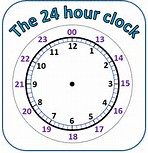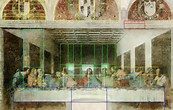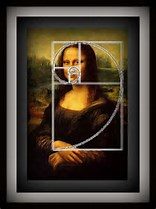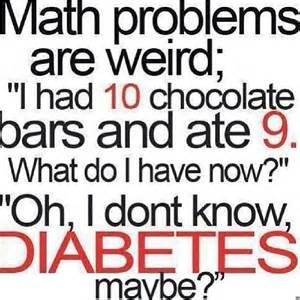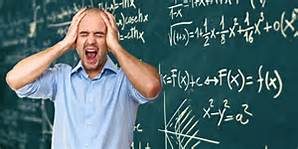Demand Planning
Although a three-hour slot was put aside for this workshop it absolutely flew by. We were all so absorbed in how we were going to buy next and what was going to make us the most money etc. we finished with over £50,000 profit! Pretty good considering we started with £5000.
The mathematics involved in this task was endless. We worked within the financial quarter and started with April-June. Not only did we have to work out how many products we were going to buy, we had to first look and see what kind of products would make us the most money. Tinned beans (pack of 4) could be bought at the bargain price of 25p but sold for a whopping £2. From there we had to then decide how much of our budget we many tins of beans we would order. This process was repeated for maximum of 5 products in the first instance. When we had chosen 5 or less products, Richard gave us the percentage of products that were sold for that quarter. Cue more maths. We had to multiply the number of products we had bought by the percentage and then multiply that amount by how much they were sold for. And then repeat for maximum of 5. And then move on the next quarter. Now we knew that some of the products did not sell as well as other we could make wiser decisions and also incorporate new products as we still had some old ones left over.
This went on and on and I absolutely loved this task. We were all so engaged. Richard did put in a few trip ups for us – for example all beans had to be recalled -which for one group was a nightmare as they had spent almost all of their money on beans because it was going to make them the most amount of money and then they were left with not very much at all. Also, the wafers had a shorter sell by date so any leftover products had to be disregarded.
Richard also explain at the end of the year if we had any left-over products, the suppliers would buy some of them back. This allowed any products which we had previously anticipated to sell at a higher percentage to then be bought back and not leaving us at a total loss. He explained stores such as Home Bargains and B&M buy products with shorter sell by dates from suppliers who know they may not sell them in time at the profit they would like. Therefore, allowing these discount shops to keep the prices extremely low. The suppliers do not really have an option here as they may lose out of money anyway if they decide not to sell them to the shops at a low cost.
Although the mathematics involved seemed complicated, we used calculators and were really working out basic percentages. What we were doing was relatively simple – to us. To get to this point we had to have sound knowledge of basic arithmetic, ability to use a calculator to work out percentages, budgeting, problem solving, such as time of year to buy products i.e. probably not as wise to buy selection boxes in April etc.
Profound Understanding of Fundamental Mathematics (PUFM)
Multiple perspectives applied here as with working out how much you have made from a quarter there were two options. Calculating how many ordered by the percentage sold, then calculate the cost or calculate how many ordered by the cost then by the percentage sold. We did it the first way as it just seemed easier but both ways would have been fine and perhaps the second way would have been less confusing for some.
Basic ideas – the basic mathematics was not difficult but the thought and problem solving behind this.
Connectedness – there were so many topics pulled together in order to complete this task we had to combine a lot of previous knowledge. To be able to get to this point to carry out this task, if doing this with an upper stages level, it would be beneficial of the teacher to have revised some of these previous topics in the run up to this.
Cross curricular opportunities and wider world connections
The demand planning task allowed for opportunities of awareness of “financial awareness, assessing risk and making informed decisions”, all of which are stated in the Experiences and Outcomes of Curriculum for Excellence (Scottish Government, undated, pg. 1). Taking beyond basics and connections within mathematics, by predicting increase and decreasing in prices drawing on other knowledge out with mathematics demonstrates the Experience and Outcome mentioned above. Although the basics and fundamentals within this task were mathematical, due to the context, it did not seem this way, showing how this gives many more opportunities to link to other curricular areas.
References
Ma, L. (2010) Knowing and Teaching Elementary Mathematics. London: Routledge.
Scottish Government (undated) Principles and Practice: mathematics. Edinburgh: Scottish Government. Available at: http://www.educationscotland.gov.uk/learningandteaching/curriculumareas/mathematics/principlesandpractice/index.asp. (Accessed: 10th November 2016).


